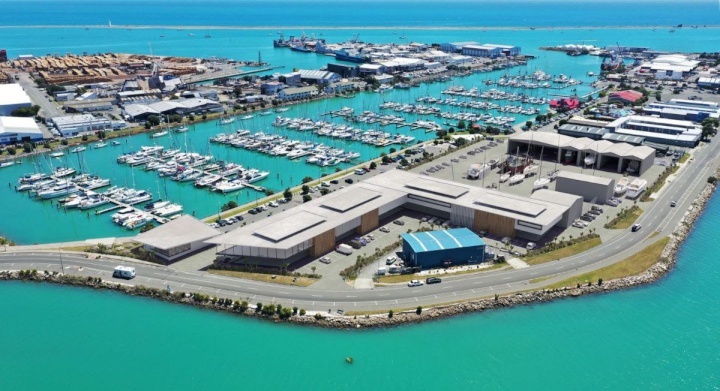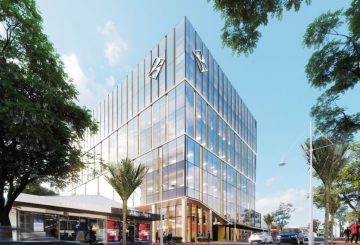넬슨 보트 정박지(Nelson Marina)를 현대적인 보트 허브이자 지역 주민들이 즐길 수 있는 장소로 변모시키려는 넬슨(Nelson) 시의회의 계획을 설명하는 종합계획 초안이 6월 20일 공개 협의를 위해 발표된다.
해양 판매 및 서비스 관련 사업 전용 부두 센터 제안
6월 9일 전략 개발 및 부동산 소위원회에서 공개 제출을 권고하는 부두(Marina) 종합계획 초안은 총 15년 동안 도시 중심부와 개선된 연계를 통해 보트 소유자를 위한 시설의 현대화를 포함하고 있다.
게일 누난(Gaile Noonan) 전략개발 및 부동산 분과위원장은 이 계획이 넬슨의 지역 경제 내에서 성장과 활동을 자극할 번영하는 보트 허브의 조성을 목표로 하고 있다고 전했다.
“부두에는 많은 잠재력이 있으며, 이 마스터 플랜은 이를 이루어가는 것을 목표로 힌다. 도시로서 넬슨이 누릴 수 있는 혜택은 간단하다. 도시 중심과 바다와의 더 튼튼한 연결, 지역 내 모든 사람들에게 열린 새로운 공간, 그리고 그 중심부에는 최첨단 보트 정박지에 기대하는 모든 것을 제공하는 현대적인 시설이다.”
주요 이해 관계자와의 협의를 거쳐 작성된 종합계획에는 다음을 포함하여 10-15년 동안 보트 정박지를 위한 새로운 계획들이 포함된다:
- 산책과 자전거를 즐길 수 있는 새로운 해안가 산책로
- 활기를 되살린 소공원
- 부두의 전망을 감상할 수 있는 카페와 기타 식음료 매장이 있는 신규 건축물
- 무동력 선박을 사용하는 클럽을 위한 새로운 해양 스포츠 시설
보트 인프라에 대한 부두의 실질적인 개선에는 다음이 포함된다:
- 전용 연료 교각
- 혼잡을 줄이기 위한 공공 보트 램프 구역 재구성
- 미래지향적이고 국가 경쟁력 있는 마리나 하드 스탠드 및 새로운 보트 승강 장치
- 큰 보트에 대한 초과 수요를 충족하고 기존 바다 공간이 최적으로 사용되도록 정박지 재구성
- 향후 40년 동안 수요를 충족하는 향후 확장 계획
- 효율적인 보트 육상 보관을 제공하기 위한 건식 보트 차고에 대한 장기 계획
위원장은 “우리는 보트 정박지를 대중에게 개방하는 한편 이를 이용하는 보트들이 최상의 서비스를 누릴 수 있도록 하는 방안을 모색하고 있다”고 말했다.
“이는 둘 사이 균형을 잡으려는 훌륭한 조치이지 두 가지 목표가 상호 배타적이지 않다. 사람들로 붐비는 이 공간은 보트 정박지의 장기적인 성공을 위해 도움이 될 것이며, 사전 계약 기간 동안 관련 이해관계자들의 지원을 받았다. 이제 우리는 지역 사회 전체뿐만 아니라 이번 종합 계획이 올바른 방향을 향하고 있는지, 추가할 내용은 없는지 등 매일 정박지를 사용하는 사람들의 의견을 듣고 싶다.”
6월 14일 이사회에서 최종 결정이 미뤄진 가운데, 6월 20일 협의가 시작되어 4주간 지속된다.





























































